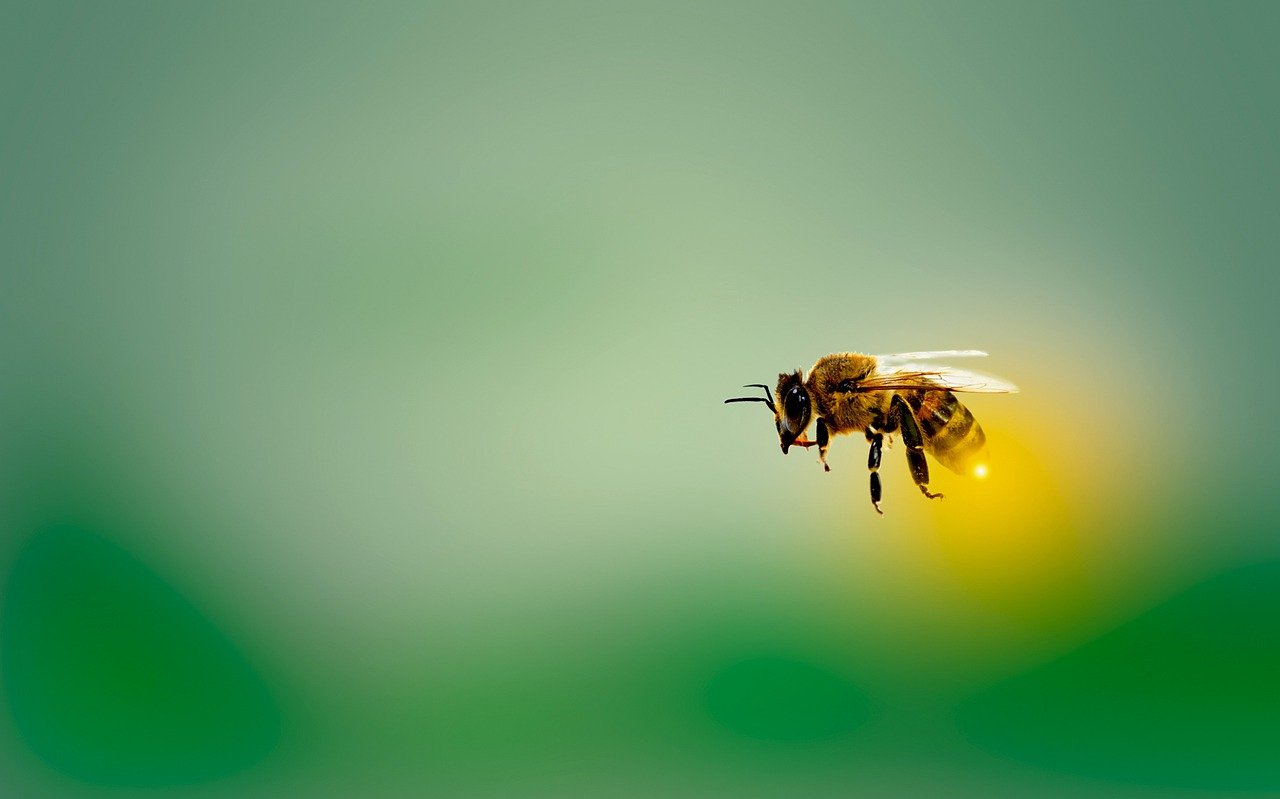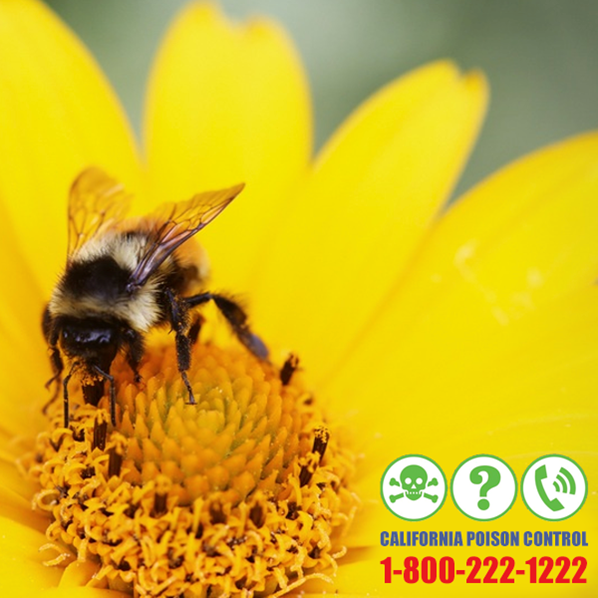
Stings and Bites
Summer . . . time for surf and sand, swimming pools, picnics, barbeques, camping, outdoor sports, and stinging insects! Bees, wasps, yellow jackets, mosquitoes, and hornets can take the fun out of summer, and almost everyone has been bitten by one of these pesky creatures. Insects like these cause local skin reactions in most people. Reactions can range from itchiness to severe pain depending on the type of insect and the site of the bite.
For two million Americans, however, stinging insects can be deadly because of an allergy to the venom. People who are allergic to bees and wasps can develop a life-threatening reaction called anaphylaxis which requires a prompt injection of epinephrine (EpiPen autoinjector).
“A severe reaction to a sting may result in abdominal cramps, nausea and vomiting, swelling of the face, lips or throat, breathing problems, hives and even anaphylactic shock,” said Rais Vohra, Medical Director for the Fresno/Madera Division of California Poison Control System (CPCS). “It’s a life-threatening emergency, so call 911 and get to the emergency room immediately.”
CPCS reminds residents that there are ways to stay safe and avoid stings (#BeeSafe).
- Stay clear of wild or commercial hives. Commercial hives may be located in white boxes and are often clustered in fields.
- If you see a swarm of bees, take shelter indoors.
- Hollow trees and rock crevices can be homes for stinging insects, so stay clear of them.
- Cover food at picnics or outdoor meals at home, as they attract flying insects.
- Stay away from old or abandoned buildings and vehicles.
- Avoid using heavily scented soaps or perfumes.
 “Apply insect repellent to all exposed skin areas. You can coat your own hands with a thin layer, and then apply it to your child’s face, avoiding the eyes. Be aware that some repellents contain alcohol or other flammable ingredients, and should not be applied near a barbecue or fire pit,” says Dr. Vohra. For simple stings, remove the stinger with tweezers or by scraping with a flat object like a credit card. Cleanse the area with soap and water and use a cold pack for pain and swelling. If there are further symptoms, consult a health care provider.
“Apply insect repellent to all exposed skin areas. You can coat your own hands with a thin layer, and then apply it to your child’s face, avoiding the eyes. Be aware that some repellents contain alcohol or other flammable ingredients, and should not be applied near a barbecue or fire pit,” says Dr. Vohra. For simple stings, remove the stinger with tweezers or by scraping with a flat object like a credit card. Cleanse the area with soap and water and use a cold pack for pain and swelling. If there are further symptoms, consult a health care provider.
Visit www.calpoison.org or call Poison Control at 1-800-222-1222 for questions about poison encounters. Trained pharmacists, nurses, and other providers are available to help 24 hours a day, seven days a week. The service is free, confidential and interpreters are available. Get weekly tips about safety by texting TIPS to 20121 for English or texting PUNTOS to 20121 for Spanish. CPCS is part of the University of California San Francisco School of Pharmacy and is responsible to the California Emergency Medical Services Authority.
Burns
Just because Fourth of July has passed doesn’t mean the barbeques have stopped! According to the National Fire Protection Association, July is the peak month for grill fires at 18 percent including both structure, outdoor, or unclassified fires. They also report that children under five accounted for an average of 2,000 or 39 percent of contact-type burns per year. These burns typically occurred when someone, often a child, bumped into, touched, or fell on the grill, grill part, or hot coals.
Further, the U.S. Department of Health and Human Services reports that more than 1 out of every 3 Americans reports getting sunburned each year, while the Consumer Product Safety Commission reports that on average, 180 people go to the emergency room every day with fireworks-related injuries in the month around the July 4th holiday.
To help treat them, Alocane® has launched its first-ever Ask Alocane Burn Hotline, 1-866-256-2263 (ALOCANE). With this free service, people can ask registered nurses advice on how to treat minor burns and sunburns, how to differentiate between 1st degree and 2nd-degree burns, and debunking myths about home remedies for burns.















